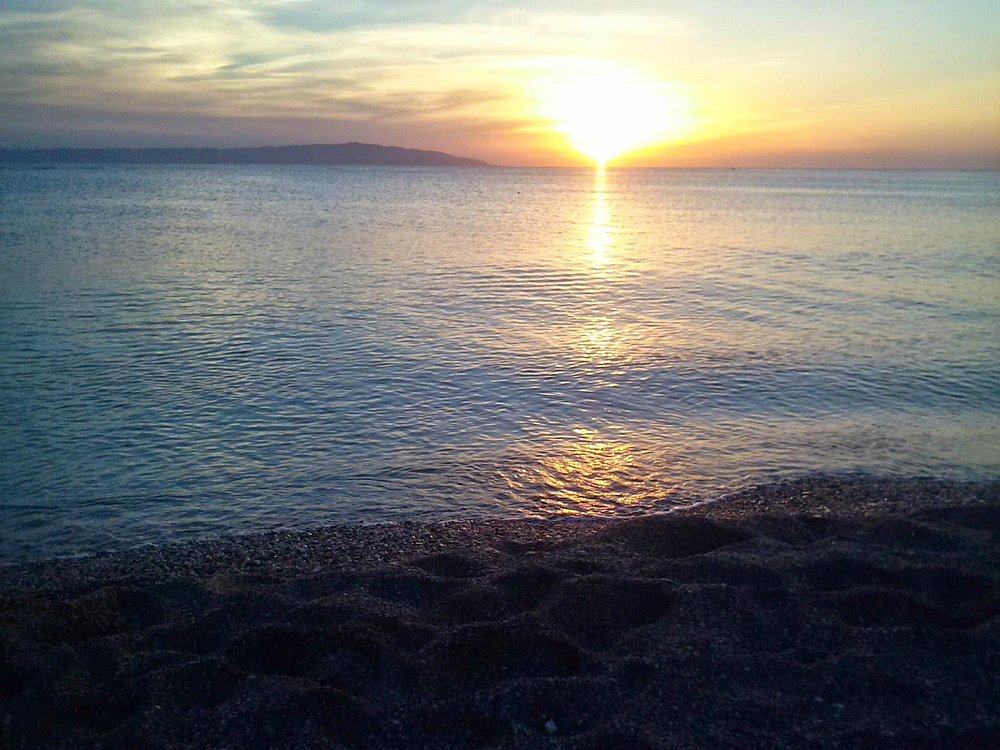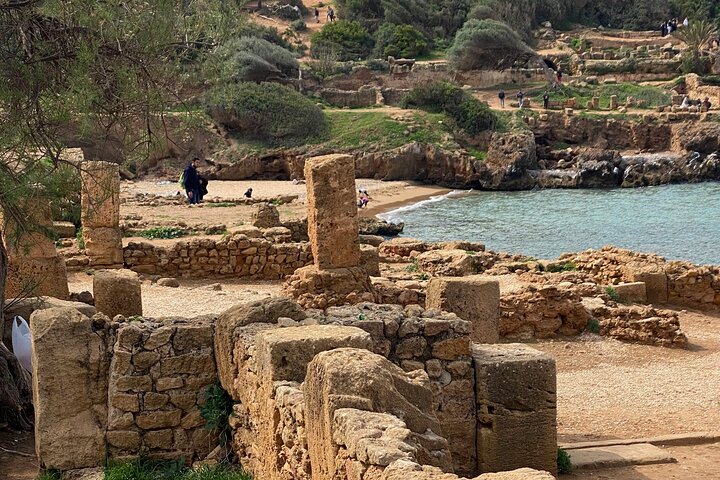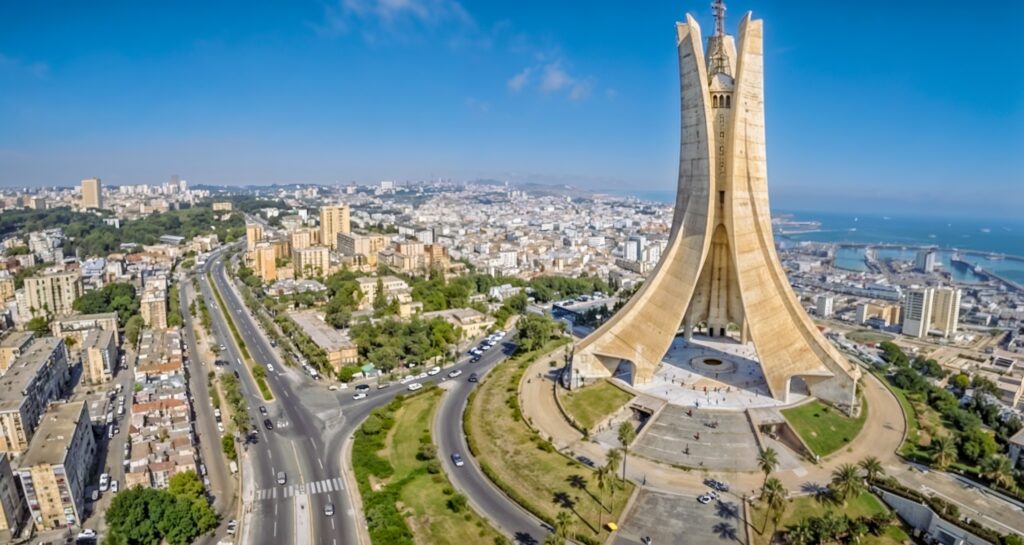Boumerdes: A Mediterranean Gem of Natural Beauty and Cultural Heritage

Boumerdes: A Mediterranean Gem of Natural Beauty and Cultural Heritage
Nestled along the picturesque coastline of Algeria, **Boumerdes** is a charming city that offers a perfect blend of stunning natural landscapes, rich history, and vibrant culture. Situated just 40 kilometers east of Algiers, Boumerdes is often referred to as a hidden gem of the Mediterranean region, making it an ideal destination for travelers seeking relaxation, adventure, and a taste of Algeria’s rich heritage.
A Gateway to the Mediterranean
Boumerdes is blessed with a beautiful coastline that stretches along the Mediterranean Sea, offering visitors a variety of tranquil beaches and scenic views. The area is known for its mild Mediterranean climate, with hot summers and mild winters, making it a year-round destination for both locals and international visitors.……….Read More>>>>>>>>>>
The Roman Ruins In Tipaza

Roman ruins of TipazaThe city of Tipaza contains many Roman ruins, and it is one of the best Roman sites in North Africa, and its ruins include the following:
The amphitheater:
which witnessed many naval battles in the fourth and fifth centuries, and is one of the main entertainment centers in the old town, but not many of the ocean structures remain, but the oval walls in the amphitheater square remain. Remains of the markets that sold fish…..ReadMore>>>>>>
Explore the Ancient Roman Ruins of Timgad :

Explore the Ancient Roman Ruins of Timgad
Nestled in the Aures Mountains of northeastern Algeria lies the remarkable ancient city of Timgad, a UNESCO World Heritage Site and one of the best-preserved examples of Roman urban planning. Founded in AD 100 by Emperor Trajan, Timgad—originally known as Thamugadi—was a thriving Roman colonial town built to serve as a military bastion and a symbol of Roman dominance in North Africa. Today, it stands as an extraordinary destination for history enthusiasts and travelers alike………..more>>>>>>
Algiers, history and civilization

Algeria, one of the largest countries in Africa and the Arab world, boasts a long and complex history that spans across different eras. Since ancient times, Algeria has witnessed the rise of several civilizations that left their deep marks on its culture, including the Phoenicians, Romans, Byzantines, Arabs, and French. This cultural diversity has shaped Algeria’s identity, making it rich in diverse heritage, arts, and traditions, which reflect a blend of Berber, Arab, and Islamic influences.
Algeria is also characterized by unique natural diversity, with vast deserts like the Great Algerian Sahara, mountain ranges such as the Atlas Mountains in the north, and beautiful coastlines along the Mediterranean Sea. This geographical variety has made Algeria home to many different ecosystems, featuring a remarkable range of plant and animal life, as well as diverse climates ranging from desert to temperate.
Culturally, Algeria is considered the cradle of many traditional arts such as Berber music, folk poetry, traditional dances, and cuisine, which reflects this cultural diversity through dishes like couscous, soups, and also crafts like carpets and pottery. This cultural and natural diversity remains the cornerstone of modern Algerian identity and is a source of national pride.
The city of Algiers is located in the far north of the country and is the capital of Algeria and its economic artery. This city has witnessed many civilizations throughout history, which has given it an important historical and cultural status in the African continent. Moreover, the city is one of the most important tourist areas in Algeria and attracts thousands of tourists from inside and outside the country. This ancient city with a long history is divided into two parts, the old and historical part that still preserves its past and splendor, and the modern part that shows traces of development and progress. The capital, Algiers, is adorned with its colorful mosques and historical buildings, in addition to its ancient streets and museums rich in history and civilization. Through this article provided by Flytheworld , we help you explore the most beautiful tourist areas in Algeria.………more>>>>>>
Tipaza: A Historic City on the Algerian Coast

Tipaza is one of the oldest cities in Algeria, rich in history that spans the Phoenician, Roman, and Islamic eras. It is considered one of the most important historical sites in North Africa. Located about 70 km west of Algiers, the city is now a prime tourist destination due to its archaeological, natural, and cultural landmarks. Its coastal location makes it one of the top tourist spots in Algeria.
This city has witnessed many civilizations throughout history, which gave it an important historical and cultural status in Algeria. The city is also one of the most important tourist areas in Algeria and attracts thousands of tourists from inside and outside the country. This ancient city with a long history is divided into two parts: the old and historical part that still preserves its past and splendor, and the modern part that shows traces of development and progress, in addition to its old streets and museums rich in history and civilization. Through this article provided by Fly The World website, we help you explore the most beautiful tourist areas in Algeria. More>>>>>
Algeria, the largest country in Africa, is home to a diverse array of vibrant cities, each offering unique cultural, historical, and natural attractions. The capital, **Algiers**, often called “El-Bahja” (The Joyful) Its iconic Casbah, a UNESCO World Heritage Site, showcases narrow alleyways, ancient mosques, and Ottoman-era palaces, while the modern city flaunts European-style architecture and seaside promenades.
**Oran**, Algeria’s second-largest city, is a cultural hub known for its lively music scene, particularly Rai music, and historical landmarks like the Santa Cruz Fort and Pasha Mosque. The city exudes a Mediterranean charm with its beaches and bustling nightlife. **Constantine**, often referred to as the “City of Bridges,” is perched dramatically over deep ravines, connected by breathtaking suspension bridges. Its Ottoman-style architecture, museums, and historical sites like the Ahmed Bey Palace attract visitors seeking history and architecture.
Further south, **Ghardaia** in the M’Zab Valley is a UNESCO World Heritage Site renowned for its unique desert architecture and vibrant markets selling traditional Berber crafts. The spiritual and cultural essence of the Ibadi Muslim community is deeply rooted here. **Tlemcen**, with its Andalusian influence, boasts Moorish architectural gems like the Great Mosque and the Mansourah Minaret, along with scenic parks like Lalla Setti Plateau.
Coastal cities like **Annaba**, with its pristine beaches and the majestic Basilica of St. Augustine, and **Bejaia**, nestled between the sea and lush mountains, combine natural beauty with rich historical significance. The port city of **Skikda** and the vibrant streets of **Setif** also offer a glimpse into Algeria’s diversity.
Together, these cities reflect Algeria’s dynamic blend of ancient history, colonial legacy, and modern culture, making them essential destinations for anyone exploring the country ia. More>>>>>
